Central Asia’s Huge Potential and Longstanding Ties with Japan
2024.06.26
The countries of Central Asia are attracting increasing global attention today for their abundant natural resources and strategic roles in transcontinental trade. Japan is no newcomer to the region, though, having been engaged in its nation-building efforts since the countries gained independence from the former Soviet Union. It has been reported in the media that Japan and Central Asia are scheduled to hold their first summit meeting. This article focuses on the evolving and deepening ties between this important region and Japan.
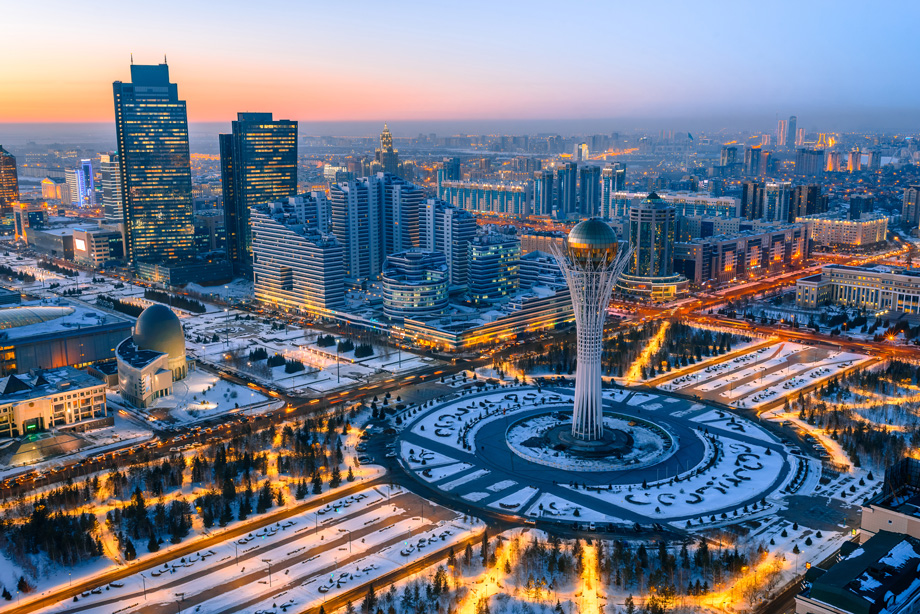
The late architect Kurokawa Kisho developed the master plan for the development of Kazakhstan’s capital of Astana as part of JICA’s urban planning assistance. (Photo: evgenykz/Shutterstock.com)
The five countries of Central Asia are Kazakhstan, Kyrgyzstan, Tajikistan, Uzbekistan, and Turkmenistan. Located at the crossroads of Europe and Asia in the middle of the Eurasian landmass, they gained independence in 1991 with the collapse of the Soviet Union. The following year, Japan became among the first to establish diplomatic relations with these countries, and in 1993 it initiated development cooperation to help them transition to a democratic system of government and a market economy.
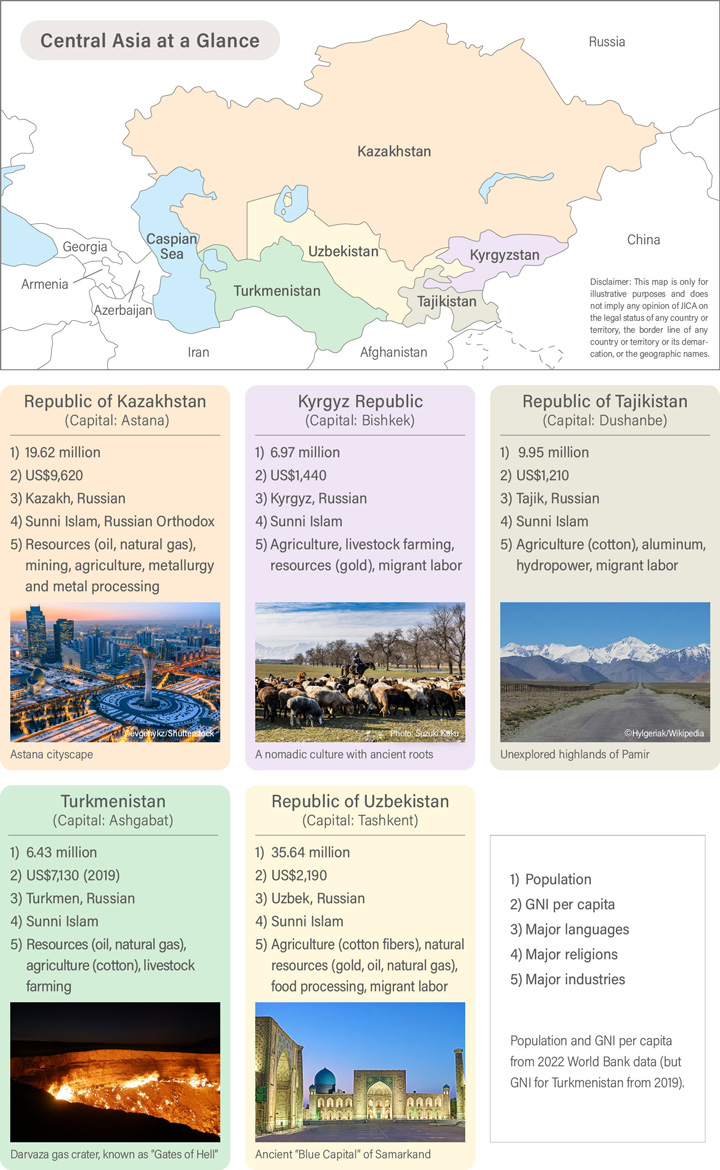
“Japan took the lead in establishing ties with the five Central Asian countries after their independence,” says Tanabe Hideki, Regional Specialist in JICA’s East and Central Asia and the Caucasus Department. “Expectations regarding their transition to a market economy were high in the business community, and there was also a desire to forge stronger ties with the countries of the former Soviet Union.” Tanabe has been involved in development cooperation, mainly in Central Asia, for about 25 years. He was among those assigned to Uzbekistan when JICA opened its first Central Asian office there in 1999.
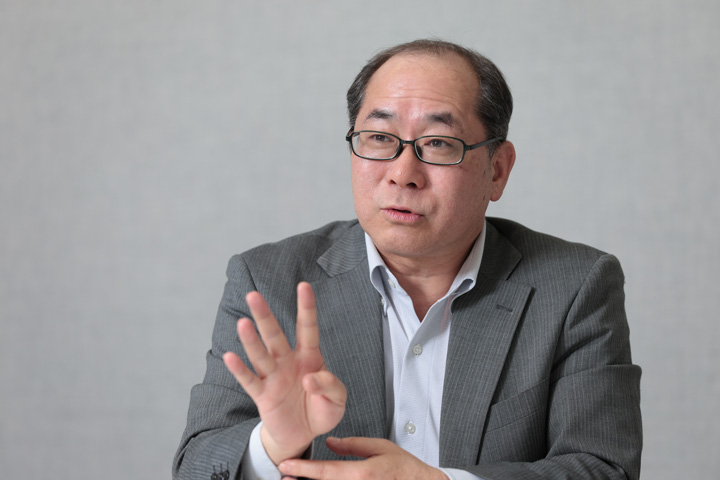
Tanabe is a leading expert on Central Asian affairs at JICA and became Chief Representative of the Tajikistan office when it was established in 2017.
“I got into a cab in Tashkent right after being assigned to the office,” he recalls of a memorable episode during his time in the Uzbek capital. “I didn’t know much about the city then, so I was a bit nervous. The driver asked me where I was from, and when I said I was from Japan, he seemed genuinely happy. ‘You’re my first Japanese passenger,’ he told me proudly. ‘Now I can brag to my friends.’ I was deeply moved by how someone could be so friendly toward a country that, from the Japanese perspective, seemed very far away.”
The countries of Central Asia are known to have a favorable view of Japan. One reason can be attributed to episodes dating from the end of World War II, when Japanese internees were detained and subjected to forced labor in Central Asia by the Soviet forces. One building they helped construct was the Navoi Theater in Tashkent. The internees were highly disciplined and worked hard every day, prompting impressed Tashkent residents to offer them food. The theater remained standing even when the city was devastated by a major earthquake in 1966, and this became a source of Uzbek stories about Japanese diligence and technical skills.
“When I learned about such tales, I remember thinking that I didn’t want to damage the positive image local people had of Japan,” Tanabe says. “I wanted to work to strengthen feelings of trust.”
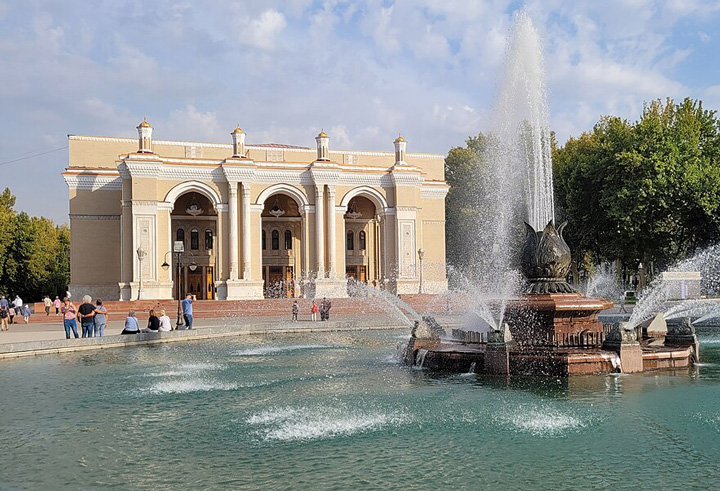
The Navoi Theater in central Tashkent is surrounded by a beautiful park and is very popular with local residents.
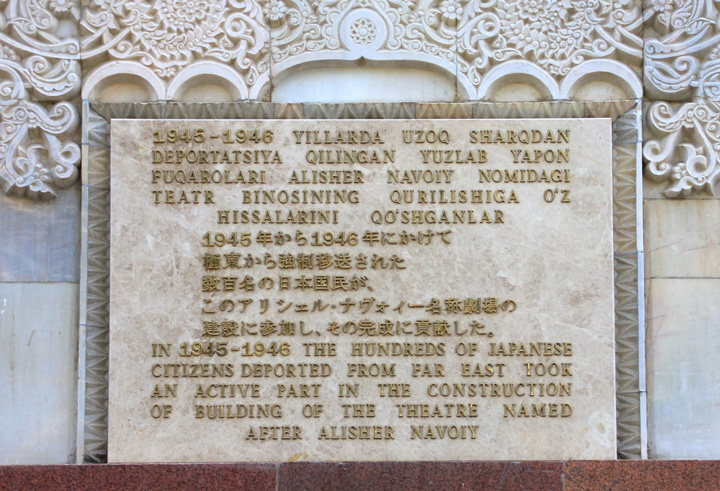
An inscription on the outer wall honors the achievements of Japanese citizens who helped build the theater.
The relationship between Japan and the resource-rich countries of Central Asia has deepened over time. In 2004, the “Central Asia plus Japan” dialogue was launched as a forum where Japan acts as a catalyst to promote cooperation among the five Central Asian countries and support their self-reliant development.
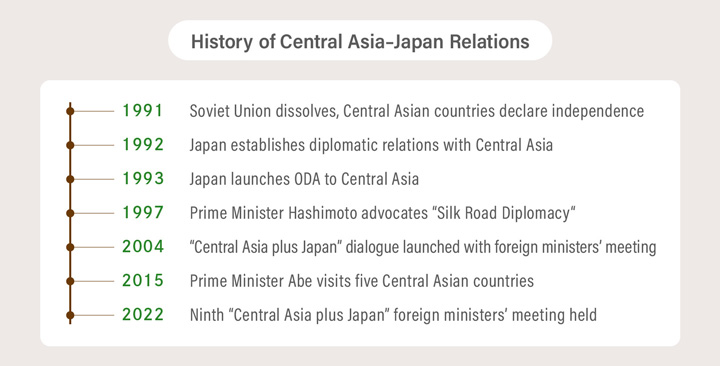
“There were concerns about potential fragmentation in post-independence Central Asia, given the different levels of economic development, varying degrees of institutional reform, and unique political circumstances,” Tanabe notes. “At the same time, there was a strong desire to strengthen regional cooperation and connectivity, since they found themselves wedged between Russia and China. This was the reason Japan sought to play the role of a catalyst.”
The lead Japan took in supporting stronger regional cooperation and connectivity is now, 20 years later, gaining new significance. Central Asia’s importance is growing not only for its abundant reserves of oil, natural gas, and other resources but also due to its potential for economic growth and such geopolitical developments as heightening US-China tensions and the war in Ukraine. The Trans-Caspian International Transport Route, for example, will offer a trade link between Central Asia and Europe that does not go through sanctions-strapped Russia.
As a consequence, there has been a global rush to strengthen ties with Central Asia. Since last year, the region’s leaders have held summit meetings with Russia, the EU, China, Gulf countries, the United States, and Germany. To deepen longstanding dialogue, Japan, too, is reportedly scheduled to hold its first summit meeting with the region this year.
JICA has undertaken many cooperation projects in Central Asia over the years, including those aimed at promoting democratic governance, market-oriented economic reforms, and improvements in infrastructure, education, and the healthcare system.
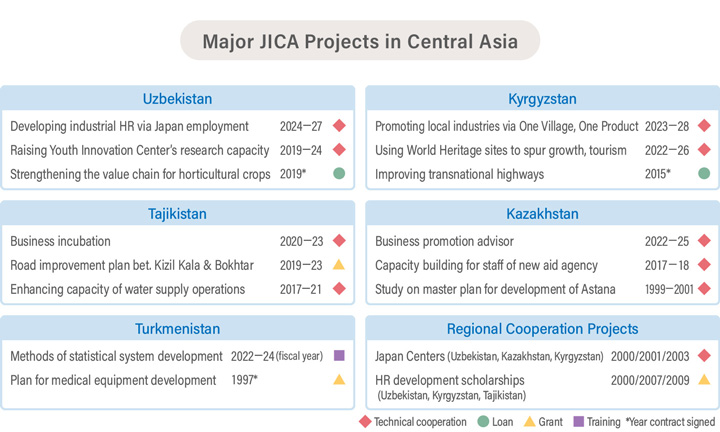
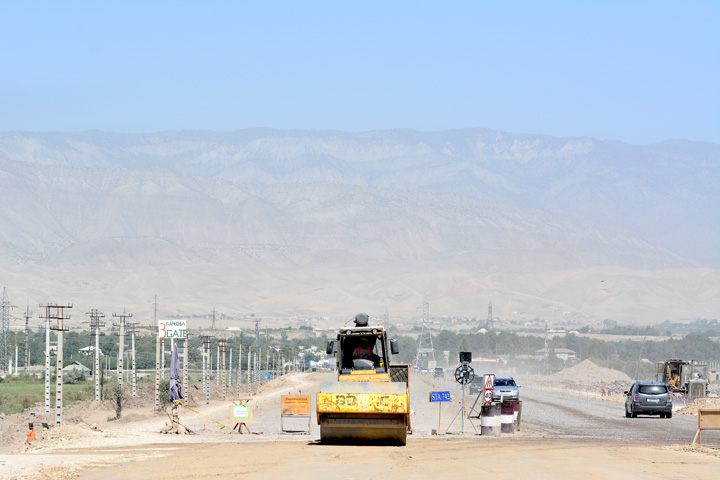
The main highway connecting the Tajikistani capital of Dushanbe with the Afghan border is being expanded with JICA’s assistance. The project is aimed at improving connectivity with neighboring countries and is expected to boost economic activity. (Photo: Kuno Takeshi)
The emphasis in these projects has been on developing human resources. “When these countries were part of the Soviet Union, economic decisions were made by the central planners in Moscow, and all workers were civil servants,” Tanabe notes. “But transitioning to a market economy following independence meant having to start and operate private businesses, so there was a need to develop human resources to serve not only as administrative officials but also as businesspeople.”
JICA responded to these needs by initiating programs at Japan Centers in Uzbekistan, Kyrgyzstan, and Kazakhstan to offer training in everything from starting a business to Japanese-style management. The selection process was highly competitive—there were dozens of applicants per opening—and Tanabe recalls the participants were very eager to learn. One graduate of this program is now the president of Uzbekistan’s biggest construction company, so the network of Japan Center alumni offers a valuable channel for collaboration with Japanese businesses.
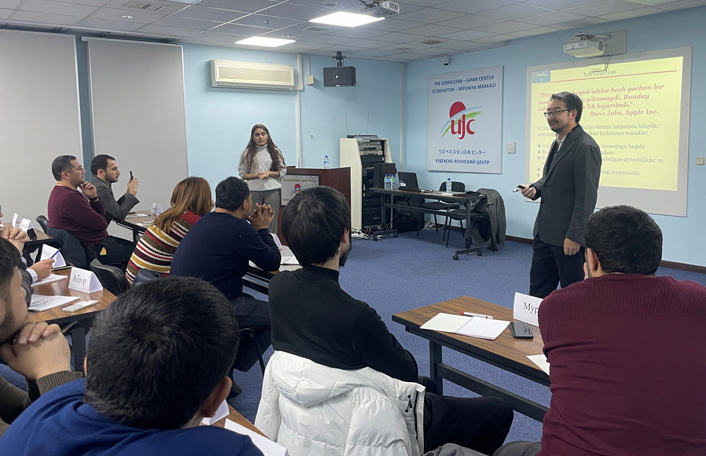
A December 2023 business training class held at the Japan Center in Uzbekistan was attended by many young people. (Photo courtesy of lecturer Nakanishi Akifumi)
Additionally, JICA introduced a leadership development program for young officials in the foreign and civil service, enabling them to study abroad at Japanese graduate schools. There have been 826 participants in the program from Uzbekistan, Kyrgyzstan, and Tajikistan as of 2023, including men and women who subsequently became the Kyrgyz minister of justice, Tajik minister of labor, and Uzbek chairman of strategic development. Such alumni are playing key roles in strengthening ties between Japan and Central Asia.
“In the future, Japan will continue to support efforts by the five Central Asian countries to promote intraregional cooperation,” Tanabe asserts. “And it will also be important to foster closer ties throughout inland Asia, including the Caucasus—comprising Georgia, Armenia, and Azerbaijan—to the west and Mongolia to the east.”
Enhancing connectivity with neighbors will be crucial in spurring economic growth for landlocked Central Asia. Mongolia, which has moved ahead with institutional reforms, is looking to Central Asia as a new market. Inland Asia needs to be seen as a whole, particularly as the Trans-Caspian International Transport Route can be expected to link the region with Europe via the Caucasus.
“People in Central Asia often tell me how happy they are about Japan’s involvement in their nation-building efforts,” Tanabe reports. “And they hope to see more technology and investment coming from Japan. They make me realize that Japan’s cooperation is making a tangible difference in their lives, and this gives me a real sense of fulfillment. It also drives home the point that strengthening ties between nations ultimately comes down to treating one another with great respect at the personal level.”
Tanabe looks forward to cooperating with efforts to further bolster Central Asia’s growth.
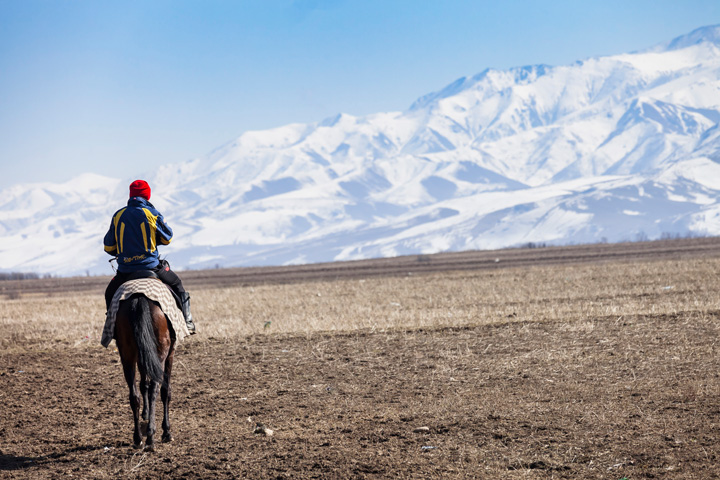
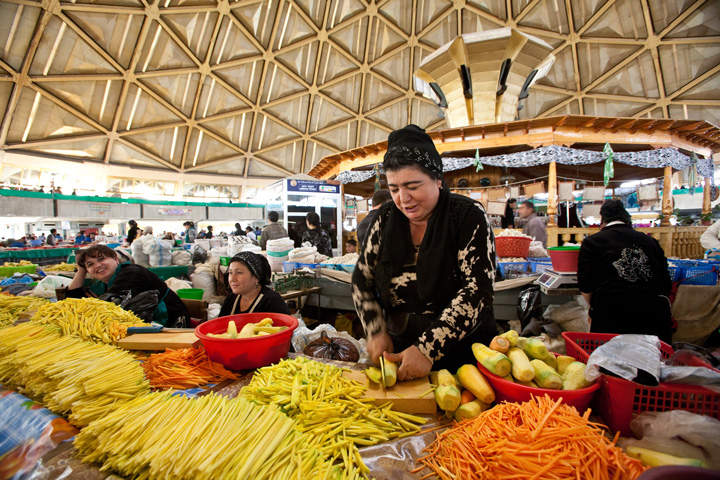
Central Asia offers dynamic landscapes, from oasis cities to grasslands and mountainous areas, along with a rich tapestry of diverse cultures and histories. “You can’t understand Central Asia by visiting just one country,” Tanabe says, highlighting the great variety of the region’s tourism resources. (Photos: Suzuki Kaku (top), Kuno Shin’ichi)
scroll